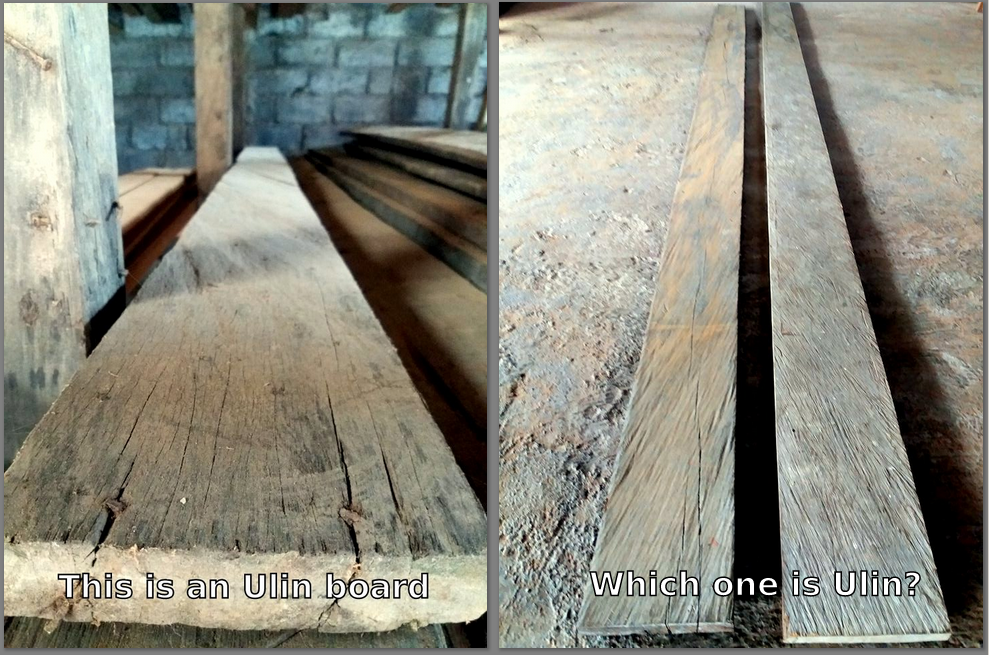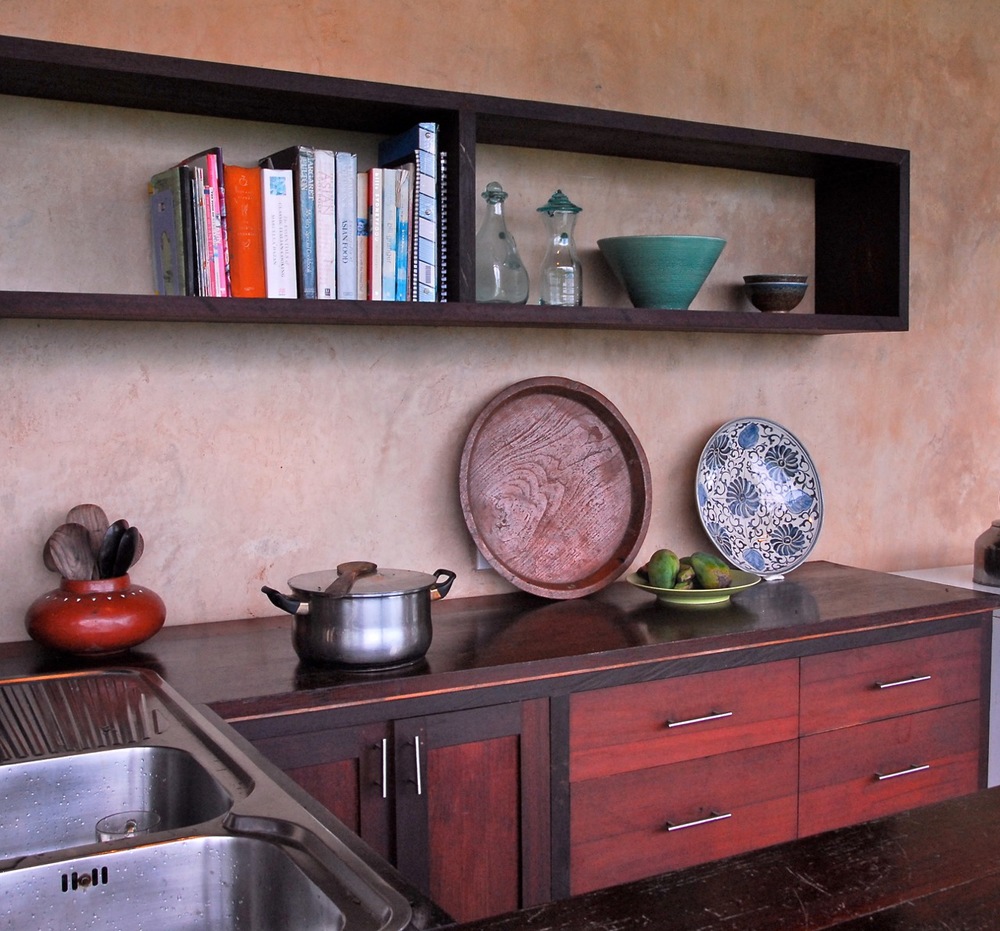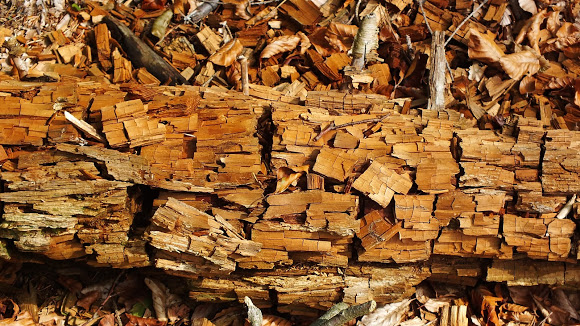Wooden floors have a timeless quality that can change the whole look and feel of a building. We all love wooden floors, but what do we need to be aware of when shopping for flooring to get the best results?
Living in the wet tropics, one of the main considerations we need to be mindful of is the effects of moisture on wood in our construction. Wood floors are no exception. All wood has a moisture rating which changes as the temperature and moisture in the air increases and decreases with the seasons. Wood is a natural product so it expands and contracts in response to these changes.
The general and very simple rule of thumb with wood flooring is never put solid wood flooring in wet or moisture-susceptible areas: water and wood do not mix. This includes in areas that are below grade such as basements or cellars. Water degrades wood, and constant or prolonged expose can cause cracks, cupping and buckling.
The method you use for floor installation will depend on how and where you are installing your floor. The three common installation sites are described as below grade, on grade or above grade. For floors at the on-grade or ground level, it is common to nail or screw the boards onto small battens which have been nailed or screwed into a concrete subfloor. This is all fine, but remembers to seal your concrete slab with plastic sheeting first to prevent the enemy of the wood floor, rising damp. Just like we can take steps to build out termites, we can also take steps to eliminate moisture intrusion. Sealing your concrete slab should be a standard building practice in the wet tropics, but unfortunately this is not the case hence you will need to request this specifically.
For floors at the above grade level, commonly the flooring will rest on floor joists which are sitting on bigger beams known as bearers. A floor that rests on joists as opposed to on battens or one that is glued directly onto the floor is known as a ‘floating floor’. It is a good idea to check what kind or structural support you need when shopping for flooring as this cost needs to be calculated to get the final per square meter price.
Some tips on selecting and installing wood floors:
- Ensure your boards finished to an even thickness at a minimum. This will make it a lot easier to install.
- For below and on grade flooring, check the moisture content of the wood prior to installing if possible and make sure there is no possibility of moisture intrusion
- Solid wood flooring shrinks in dry environments and expands in wetter environments and most of the expansion happens along the growth rings (tangentially), and about half as much across the rings (radially). Get flooring which has small grooves on the underside, known as “back relief” to allow for this swelling and shrinkage
- Remember that wide boards tend to expand and contract more than narrow boards
Have fun!
Wooden floor & stairs
I felt this great article from April 2015 was getting slowly but surely lost in time, hope you enjoyed re-reading it!










